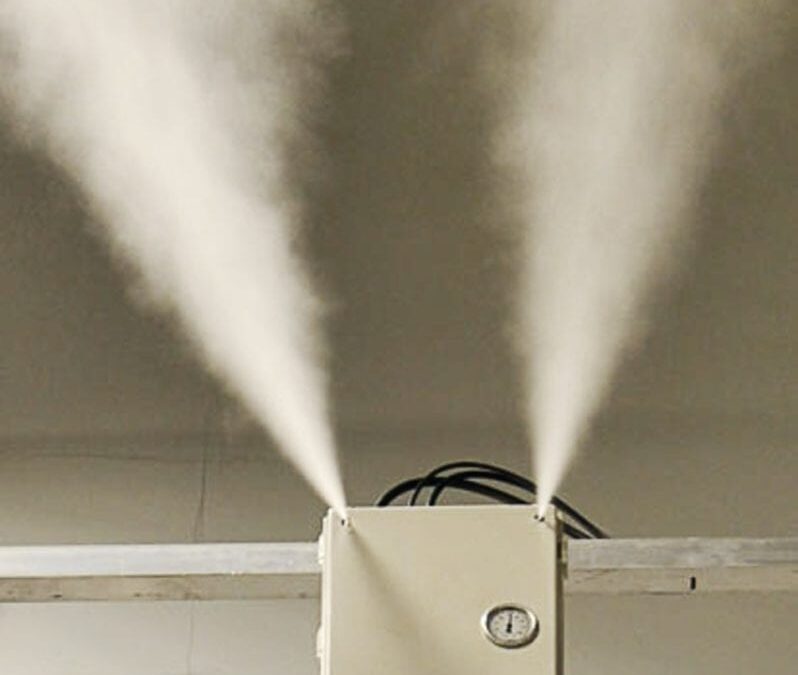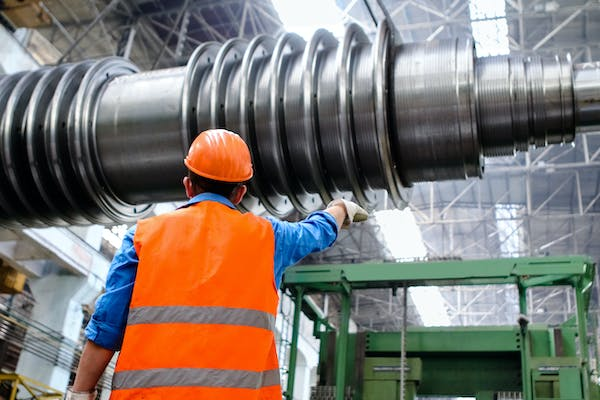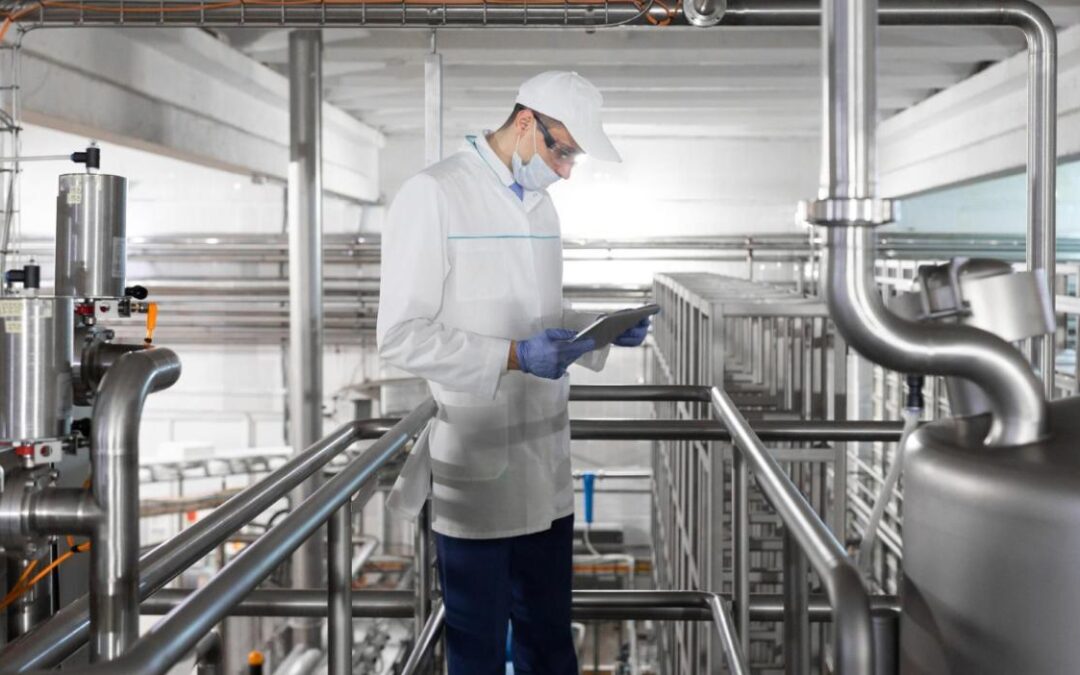Food safety is a concern for many, many people. Everyone, from the farmer who grew the crop, to the person who transports it, to the shop or company that distributes it, to the consumer who buys it, is concerned about whether the food is healthy enough to eat. Over the years, various methods have been tried and discarded with regards to food safety on a large scale. However, the development and implementation of commercial humidification and cold storage humidification systems, has made food safety much easier to maintain.
These humidification systems allow those people responsible for transporting food items, to control the environment in which the food is kept. Ideal temperatures and the appropriate level of moisture can be easily monitored and adjusted. Non-wetting humidification supports the freshness of the food, without creating a damp environment. A damp environment can encourage the growth of mold and fungus, which can render food inedible if not addressed right away. By maintaining an optimal environment in transit, companies can ensure that the food that arrives at the consumer’s table is healthy, edible, and safe.





